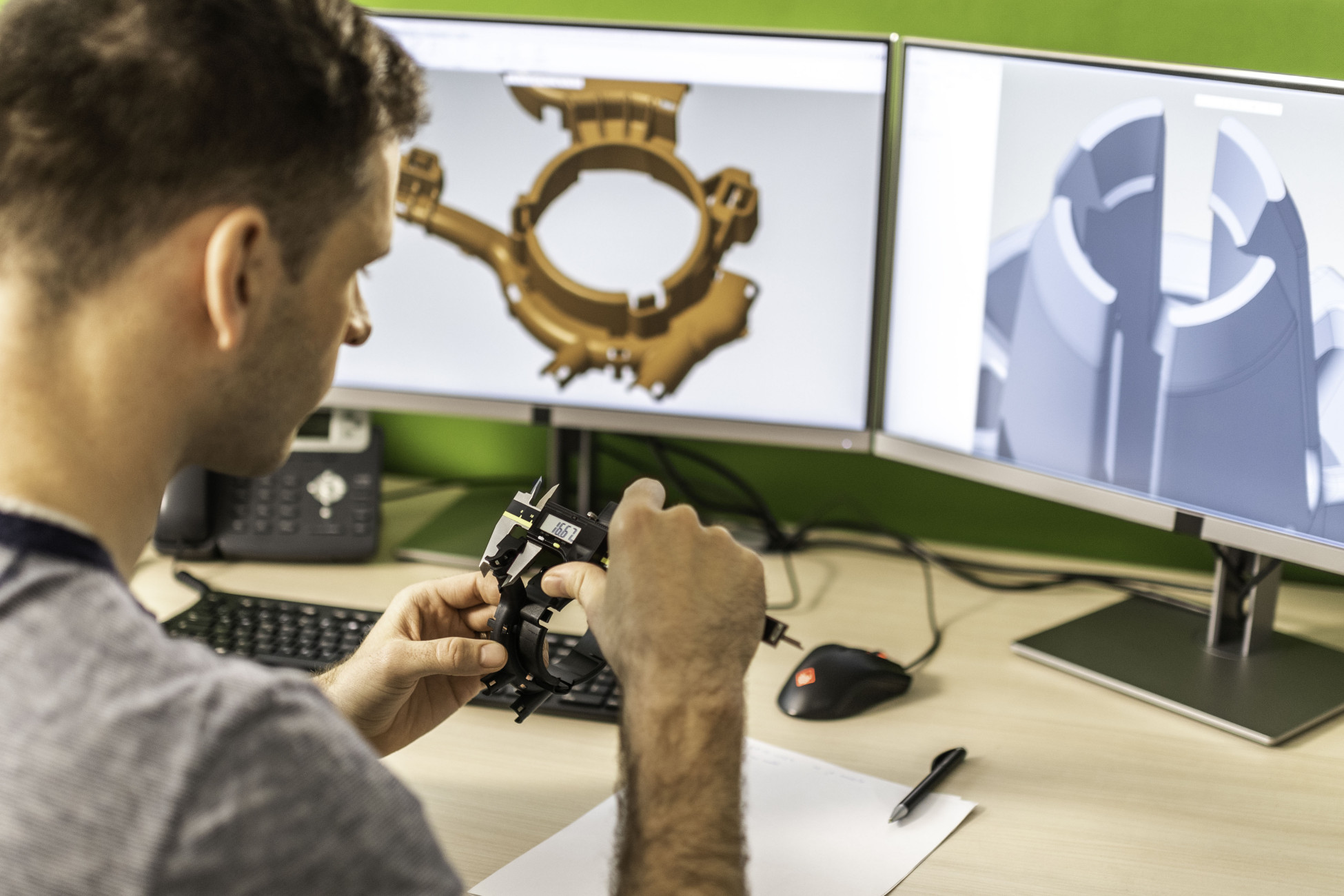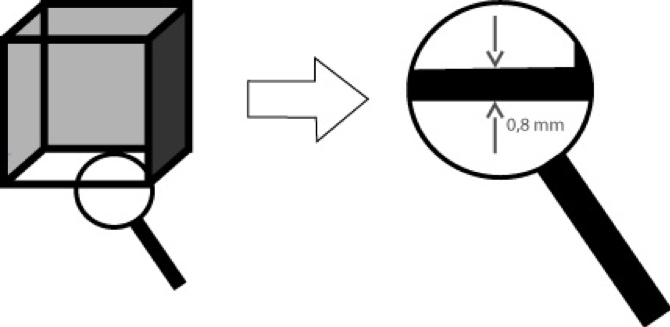3D printing at Jellypipe from a variety of file formats
The STL format (= Surface Tessellation Language) has become established as the common file format for 3D files. With Jellypipe it is possible to print from various file formats. These are the following:
.3dm, .3ds, .3dxml, .3mf, .CATPart, .dae, .dlv, .dlv3, .dxf, .exp, .fbx, .iges, .igs, .jt, .model, .obj, .ply, .prt, .skp, .slc, .sldprt, .step, .stl, .stp, .vda, .vdafs, .vrml, .wrl, .x_b, .x_t, .zcp, .zpr
Ensure that information such as textures and colours are not lost when uploading to the platform. For example .obj files must be compressed and merged in a .zip folder so that this does not happen.
We wish you every success and look forward to receiving your 3D printed component.
Your Jellypipe




